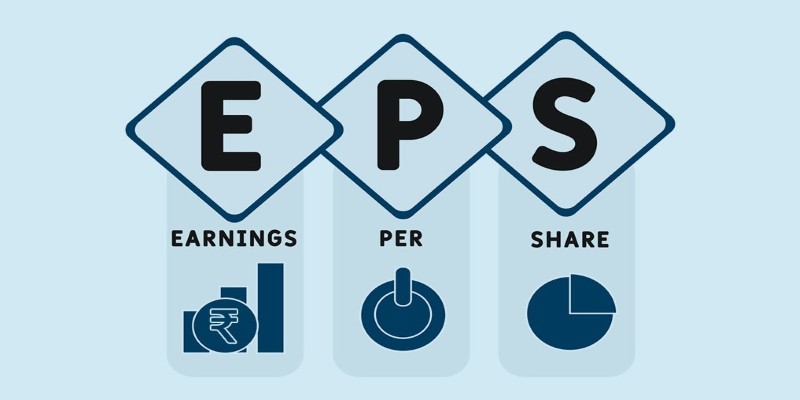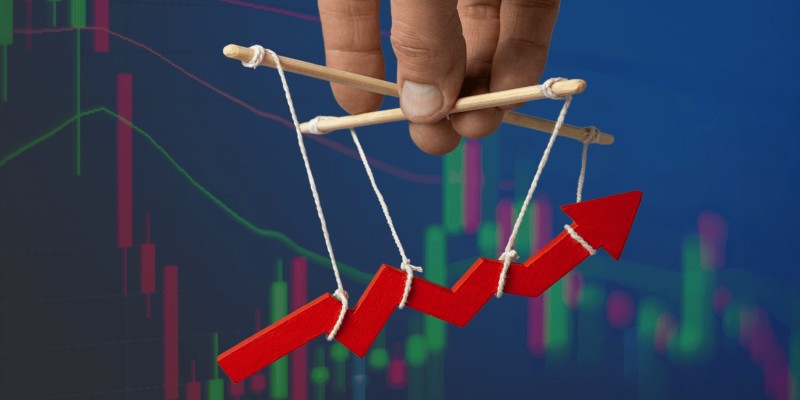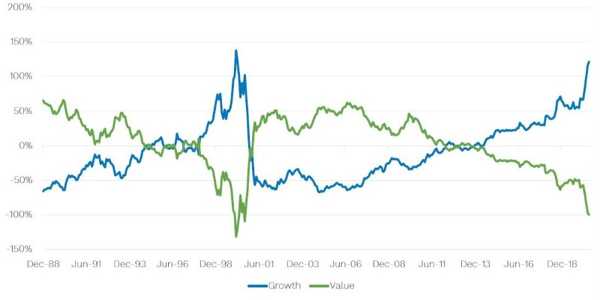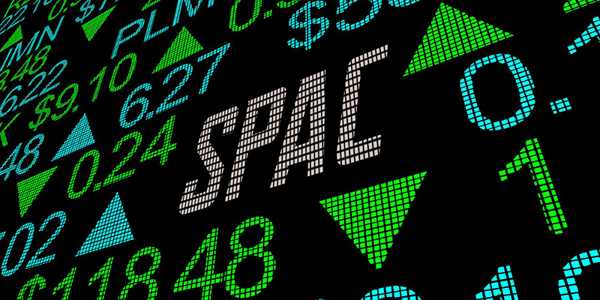How Stock Buybacks Influence Share Prices
Stock buybacks, also known as share repurchase programs, are a common strategy used by companies to manage their capital and improve financial performance. A stock buyback occurs when a company buys back its shares from the open market, reducing the number of shares in circulation. In this article, we will explore the different ways stock buybacks influence share prices, including the factors that contribute to their impact and the potential advantages and risks involved.
The Basics Of Stock Buybacks
Before delving into the effects of stock buybacks on share prices, it is essential to understand how they work. A company may decide to repurchase its shares for several reasons, such as increasing earnings per share (EPS), improving stockholder value, or signalling confidence in the company's future. The repurchased shares are typically bought at the prevailing market price and may be held in the company's treasury or cancelled altogether.

One key element of stock buybacks is that they reduce the total number of shares outstanding. With fewer shares available on the market, the value of each remaining share can increase, assuming demand for the stock remains constant. This reduction in supply, coupled with steady or rising demand, can lead to a rise in the stock price.
How Stock Buybacks Influence Share Prices
To fully understand the impact of stock buybacks on share prices, it's essential to examine both the immediate effects and the longer-term consequences. In the short term, buybacks can often lead to a noticeable increase in stock value, but the sustained impact depends on the company’s overall financial strategy.

Short-Term Impact On Share Prices
The immediate impact of a stock buyback is often seen in the company's stock price. Investors may interpret a buyback announcement as a positive signal that the company believes its shares are undervalued. This perception can drive up demand for the stock, increasing share prices. A company buying back its stock essentially acts as a buyer in the market, which puts upward pressure on the price.
Additionally, buybacks may be viewed as an efficient use of the company's capital, particularly when there are limited opportunities for expansion or investment. By repurchasing shares, the company is signalling that it has excess cash and is confident in its prospects, which can attract more investors and further drive up the price.
However, the impact on share prices in the short term may also be influenced by market sentiment. If investors are generally bullish on the company or the sector it operates in, the buyback can have a more pronounced effect on share prices. On the other hand, if the broader market is facing a downturn or the company is facing external challenges, the effect on share prices may be muted.
Long-Term Impact On Share Prices
While stock buybacks often lead to short-term increases in share prices, their long-term effects are more complex. A key factor to consider is the company's underlying financial health and the reasons for the buyback. Suppose a company is using buybacks as a way to manipulate financial metrics, such as EPS, without addressing core issues like growth or profitability. In that case, the long-term impact on share prices may not be sustainable.

In the long run, the effect of stock buybacks on share prices depends largely on the company’s ability to continue generating value for its shareholders. If the buybacks are part of a broader strategy to improve operational efficiency, invest in innovation, or strengthen the company’s competitive position, the impact on share prices can be positive over time. However, if the company is simply using buybacks to inflate short-term performance metrics without creating lasting value, the stock price may eventually stabilize or decline.
The Pros And Cons Of Stock Buybacks
While stock buybacks can bring notable advantages, they are not without their potential drawbacks. Understanding both sides of the equation is crucial for evaluating the long-term impact of buybacks on a company’s financial health and stock performance.
Pros Of Stock Buybacks
Stock buybacks can offer several benefits to both companies and their shareholders. Some of the key advantages include:
Increased Shareholder Value: By reducing the number of shares outstanding, stock buybacks can increase the value of each remaining share, which can benefit shareholders. This can be particularly advantageous in cases where the company’s stock is undervalued or when there are limited opportunities for other investments.

Improved Financial Ratios: Buybacks can improve a company’s financial ratios, such as EPS, return on equity (ROE), and return on assets (ROA). These improvements can make the company appear more attractive to investors, potentially driving up the stock price.
Signal Of Confidence: A stock buyback program can signal to the market that the company believes its stock is undervalued and that it has a positive outlook for the future. This can build investor confidence and attract more capital to the company, potentially leading to a higher stock price.
Cons Of Stock Buybacks
Despite the potential benefits, stock buybacks can also have drawbacks, particularly if they are not executed with careful consideration of the company’s financial health and long-term strategy. Some potential disadvantages include:
Short-Term Focus: Stock buybacks may prioritize short-term stock price gains over long-term business growth. Suppose a company uses its cash to repurchase shares instead of investing in research and development, expansion, or other value-creating activities. In that case, the stock buyback may ultimately harm the company's long-term prospects.
Inefficient Use Of Capital: If a company buys back shares at inflated prices, it could be wasting valuable capital that could have been better spent on other initiatives. Overpriced buybacks can result in the company paying too much for its stock, leading to a reduction in shareholder value.
Potential For Market Manipulation: In some cases, stock buybacks may be used to artificially inflate financial metrics such as EPS, making the company appear more profitable than it actually is. This can mislead investors and create volatility in the stock price, especially if the buybacks are not part of a broader, sustainable growth strategy.

Conclusion
Stock buybacks can have a significant impact on share prices, both in the short term and the long term. In the short run, buybacks tend to drive up the stock price by reducing the number of shares in circulation and signalling to the market that the company believes its stock is undervalued. In the long run, however, the effects of buybacks depend on the company's overall financial strategy and the underlying reasons for the repurchase.





